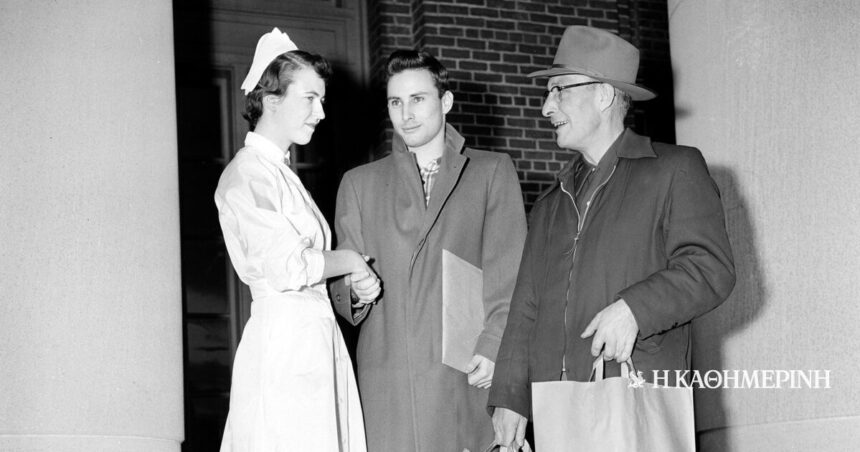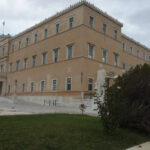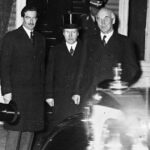As it drew to a close, 1954 was already a year of remarkable milestones that would shape the future of humanity. The world’s first nuclear powered submarinethe ‘USS Nautilus’, was launched in January, revolutionizing shipbuilding. In February, Mr first mass vaccination against polio began in Pittsburgh, marking a crucial step in the fight against a devastating disease. In October, the presentation of first transistor radio by Texas Instruments brought portable electronics into people’s hands, ushering in the modern era of consumer technology. In the midst of these pioneering achievements, December 23, 1954 marked another monumental first.
On that day, Dr. Joseph E. Murray and his team at Brigham and Women’s Hospital in Boston of Massachusetts held the first human kidney transplantation in the world. This historic operation not only saved a life, it also opened the door to a new era in Medicine, turning the vision of organ transplantation into a life-saving reality.
The patient, the 23-year-old Richard Herrickwas suffering from end-stage renal disease, a condition that at the time was always fatal. He faced a bleak prognosis and limited treatment options. However, Richard had a twin brother, Ronald Herrick, whose identical genetic makeup made him a candidate for a kidney donor. The use of a genetically identical donor minimized the risk of graft rejection by the recipient’s immune systemwhich was the main obstacle in previous transplant attempts.
Many doubted whether an organ could function in another person’s body.
The surgical team, led by Dr. Murray, meticulously planned the operation. At the time, the idea of organ transplantation was still in its infancy and the medical community treated it with skepticism. Many doubted whether an organ could function in another person’s body, even if it came from a genetically identical donor. In addition, the process was fraught with moral concernsas organ transplantation was largely uncharted territory.
The surgery was successful. Richard Herrick’s new kidney immediately started working, filtering his blood and producing urine. This was a sign that the transplanted organ was working properly. In the days and weeks that followed, Richard’s health improved dramatically and he was able to leave the hospital. He continued to live for eight more years, a testament to the success of the procedure.
The process highlighted the critical challenge of preventing organ rejection in non-twin recipients.
This medical breakthrough was not just a triumph for Richard Herrick and his family: it marked the beginning of organ transplantation as a viable treatment for organ failure. He also emphasized the importance of understanding the functioning of immune mechanisms. The Herrick brothers’ unique condition allowed the transplant to be successful without the need for immunosuppressive drugs.
The pioneering work of Dr. Joseph Murray laid the foundations for the development of Medicine in the field of transplants. As expected, the impact of this first kidney transplant extended far beyond the field of nephrology. It inspired the transplantation of other organs, including the heart, liver and lungs. Today, kidney transplants are among the most common and successful organ transplants.
Also, in the years that followed, advances in immunosuppressive therapy allowed transplants between unrelated individuals. These innovations greatly expanded the pool of potential organ donors and saved countless lives worldwide.
In recognition of his pioneering work, Dr. Joseph Murray was honored with the award Nobel Prize in Physiology or Medicine in 1990.
Column editor: Myrto Katsigera, Vassilis Minakakis, Antigoni-Despina Poimenidou, Athanasios Syroplakis








